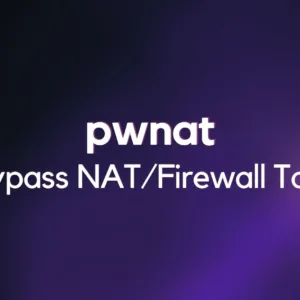Understanding the Michael Attack
The Michael Attack is a cryptographic exploit that targets the TKIP encryption protocol, primarily used in Wi-Fi networks secured by the deprecated WPA (Wi-Fi Protected Access) standard. It takes advantage of vulnerabilities in the key mixing algorithm and integrity-checking mechanisms to compromise the encryption and gain unauthorized access to network traffic.
Decrypting the Vulnerability
The Michael Attack leverages weaknesses in the TKIP encryption process, allowing attackers to decrypt and manipulate encrypted packets within the network. By exploiting the flawed integrity-checking algorithm, attackers can inject and modify packets, potentially leading to the interception of sensitive data or the execution of malicious actions.
Implications and Risks
The Michael Attack poses significant risks to Wi-Fi networks that rely on TKIP encryption. It can enable attackers to eavesdrop on communications, intercept sensitive information, inject malicious content, or even launch further attacks within the compromised network.
Mitigating the Michael Attack
To mitigate the risks associated with the Michael Attack exploit, consider implementing the following measures:
- a. Transition to AES Encryption: Upgrade Wi-Fi networks to use the more secure Advanced Encryption Standard (AES) encryption, which is resistant to the Michael Attack and offers stronger security.
- b. Migrate to WPA2 or WPA3: Transition from WPA to the more secure WPA2 or WPA3 protocols, which use AES encryption as the standard and offer improved security features.
- c. Firmware and Software Updates: Regularly update Wi-Fi routers, access points, and client devices with the latest firmware and security patches to mitigate vulnerabilities associated with the Michael Attack.
- d. Network Segmentation: Implement network segmentation to isolate critical resources and separate sensitive data from potentially compromised areas, limiting the potential impact of a successful attack.
- e. Network Monitoring and Intrusion Detection: Deploy network monitoring tools and intrusion detection systems (IDS) to detect and alert on any suspicious activity or signs of an ongoing Michael Attack.
User Education and Best Practices
Educate Wi-Fi users about the risks of the Michael Attack exploit and promote best practices, such as connecting to networks secured with WPA2 or WPA3, using strong and unique passwords, and avoiding unsecured or unknown Wi-Fi networks.
Conclusion
The Michael Attack exploit highlights the importance of staying proactive in Wi-Fi security. By understanding the vulnerabilities associated with the TKIP encryption protocol, adopting stronger encryption standards, regularly updating network devices, and promoting user awareness, we can defend against the threats posed by the Michael Attack and ensure the integrity and confidentiality of our Wi-Fi networks. Let us remain vigilant and committed to upholding robust security measures, leaving no room for exploiters to compromise our wireless environments.





